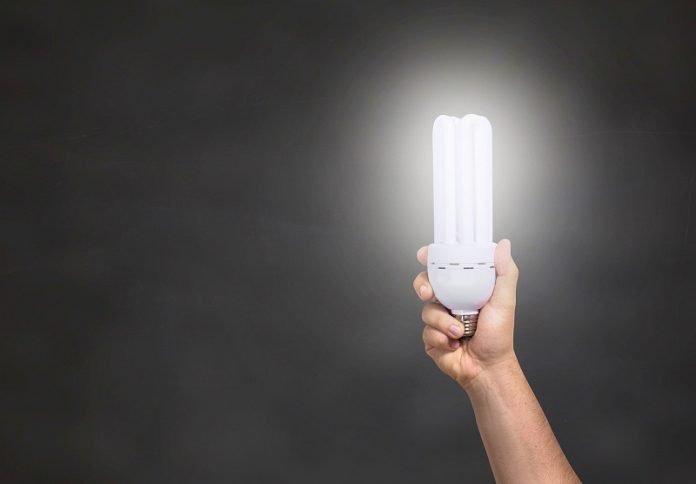
A recent study from the University of Michigan has shed light on a bright idea: switching from traditional fluorescent lamps to LED lighting can lead to significant energy and cost savings.
Published in the journal Lighting Research & Technology, this study highlights how LED lighting is up to 44% more efficient than the old 4-foot fluorescent tubes.
LED vs. Fluorescent: The Efficiency Battle
The study compared six different options for replacing old linear recessed lighting systems, commonly found in commercial buildings, residential basements, garages, and workshops.
Out of these six, one was a fluorescent option and the rest were various types of LEDs.
The results were clear: LED lights are 18% to 44% more efficient than the traditional T8 fluorescent lamps.
Why Lighting Matters
Lighting takes up about 11% of electricity usage in commercial and certain residential spaces.
Therefore, improving the efficiency of lighting systems, especially in areas where lights are on for long hours, can lead to significant energy and cost savings.
The Benefits of Switching to LEDs
Greg Keoleian, a senior author of the study and co-director of the Center for Sustainable Systems at the University of Michigan, emphasizes the advantages of LEDs.
Not only do they save money and energy, but they also help reduce our carbon footprint. “Replacing your fluorescent lamps with LEDs is a better choice than getting new fluorescents,” he says.
LEDs have several perks over fluorescents:
- They light up without flickering.
- They’re more energy-efficient.
- They last longer, which means less maintenance and lower energy bills.
- They provide better dimming capabilities and quick brightness.
- LEDs don’t contain mercury, making them safer and more environmentally friendly.
Exploring LED Replacement Options
The study explored over 160 LED replacement choices, which included simple lamp replacements, retrofits, and full luminaire replacements. Here’s a breakdown of what these terms mean:
- Lamp Replacement: Just replacing the bulb, no electrical changes needed.
- Retrofit: Modifying the existing fixture for a new light source.
- Luminaire Replacement: Changing the entire lighting system, including the structure.
The Findings: Cost-Effective and Energy-Efficient LEDs
- Plug and Play LEDs (Type A): These work in existing fixtures and are easy to install, which can encourage more people to adopt LED technology.
- Hybrid LEDs (Type AB): These are the most budget-friendly upfront when you can still use the existing ballast.
- Direct-Wire LEDs (Type B): While they have higher installation costs, they’re the cheapest in the long run regarding operation, maintenance, and overall life cycle costs.
- LED Luminaires: Replacing the entire unit with an LED luminaire with replaceable lamps is less expensive than those with integrated non-replaceable lamps, but offers fewer design options.
Keoleian notes, “These findings highlight the trade-offs when deciding between LED options and can help guide choices for commercial building owners and managers considering lighting replacements.”
The Bottom Line
The study confirms that all LED options, except purchasing a whole new luminaire system, result in savings over time.
However, a new luminaire system can be more costly due to the high initial investment. These results aren’t just for commercial spaces; they’re also relevant to residential areas where T8 lamps are common.
In essence, the study from the University of Michigan makes it clear: Switching to LEDs is not just a bright idea for better lighting; it’s a smart choice for saving energy and money.



